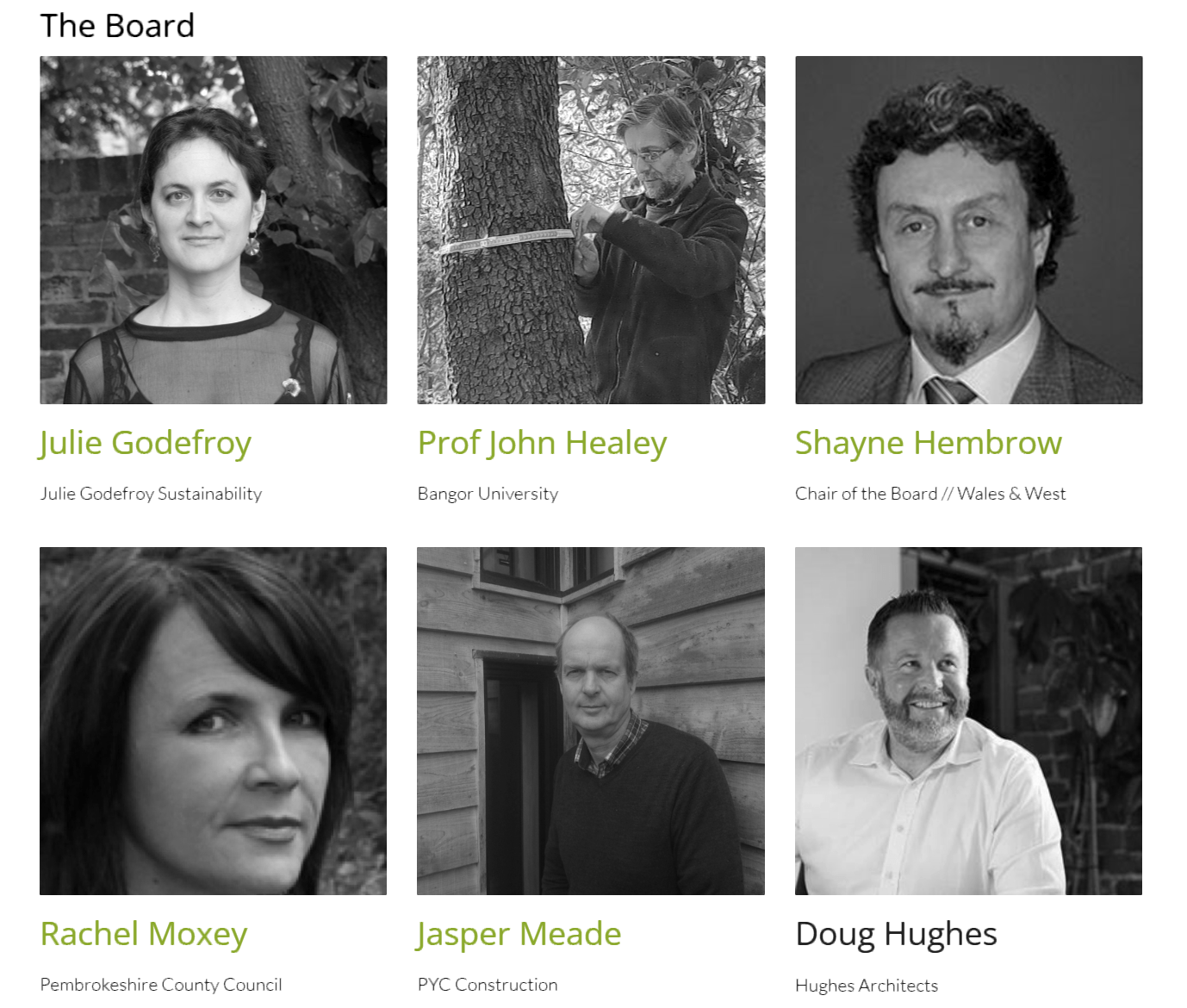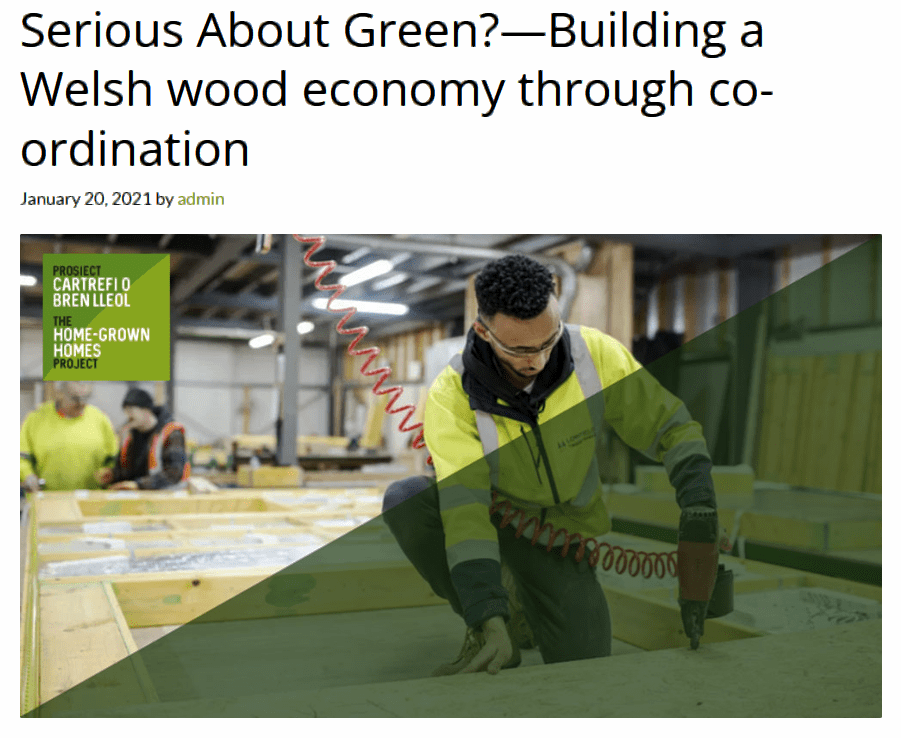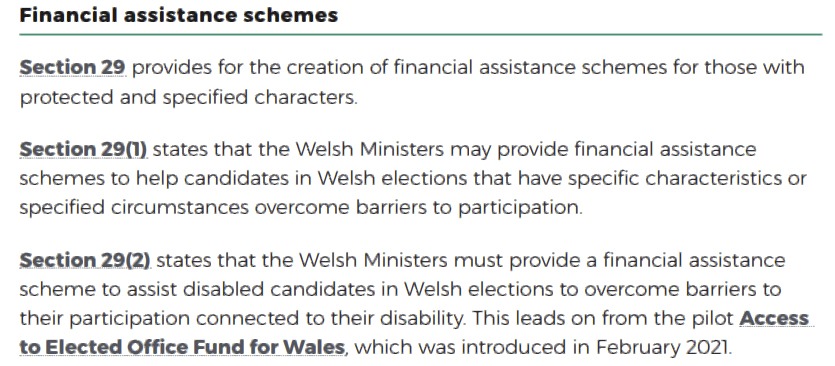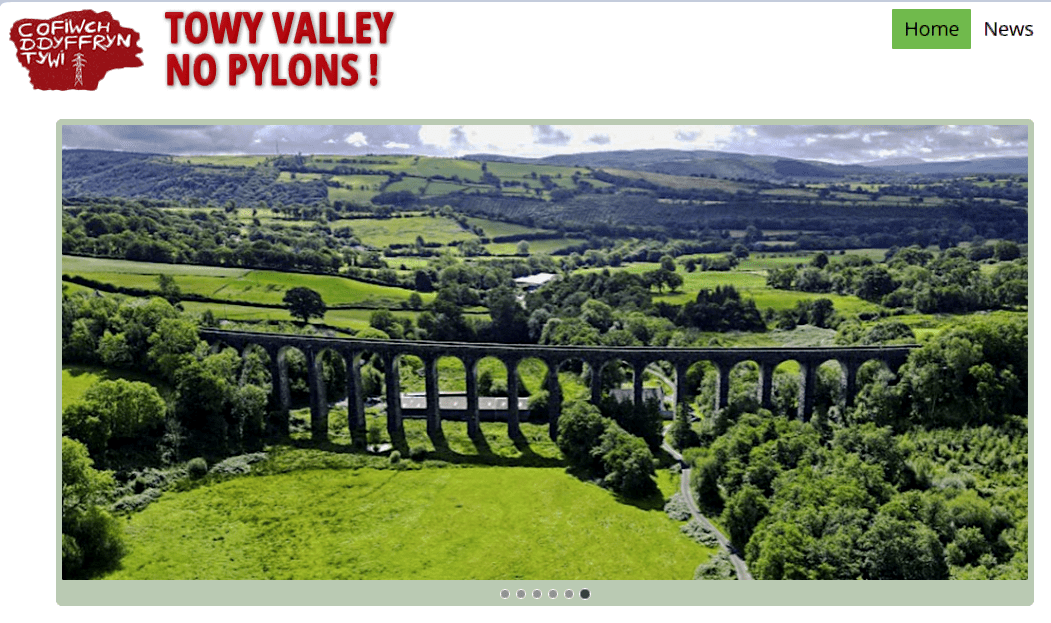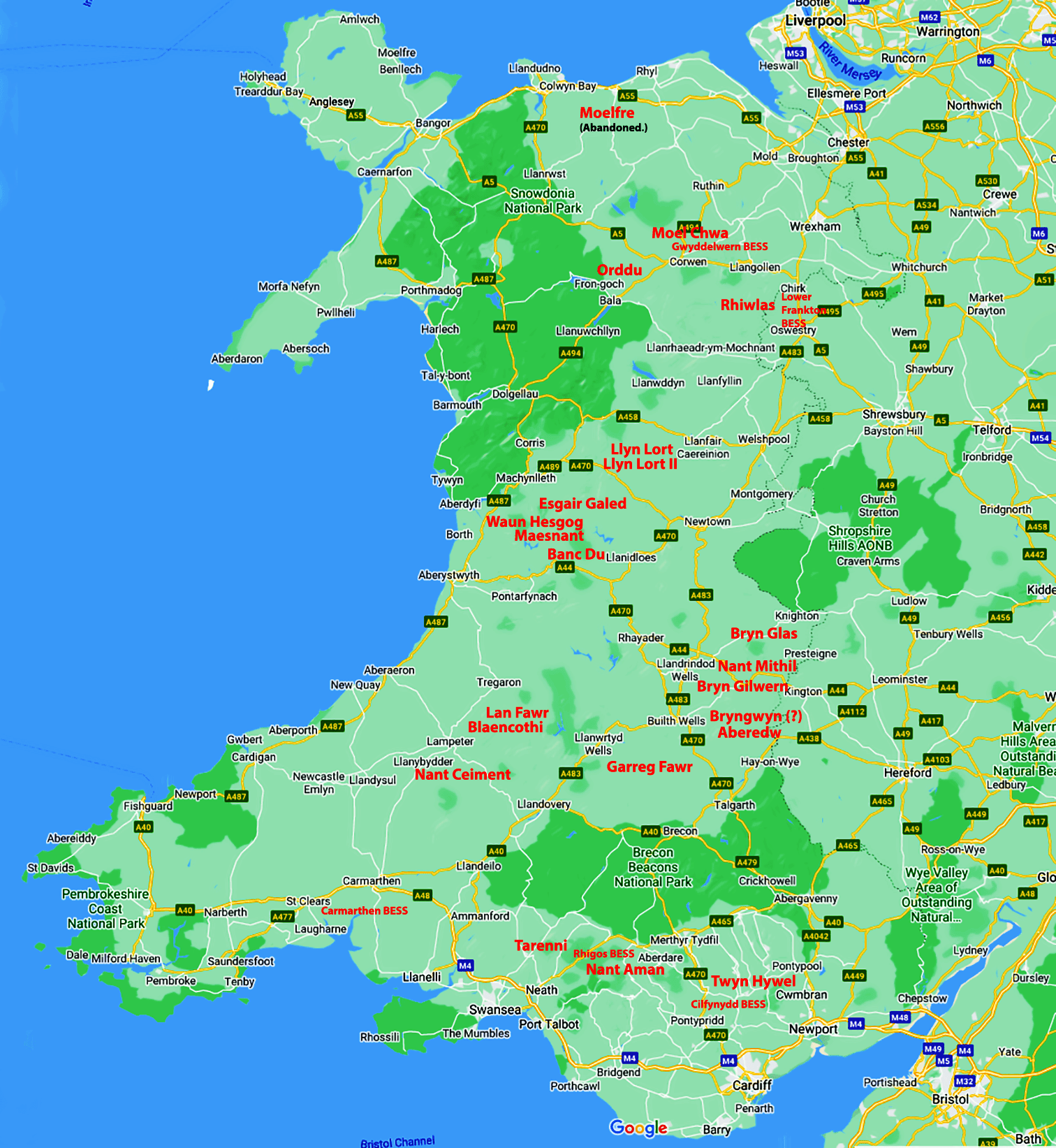![]() This is another ‘quickie’, which I’m putting out partly so people can be aware of what might be in the pipeline, and also to see if anyone out there can add a little meat to the bones.
This is another ‘quickie’, which I’m putting out partly so people can be aware of what might be in the pipeline, and also to see if anyone out there can add a little meat to the bones.
◊
WHERE WE AT?
As is my wont, I’ll start by showing you the area in question. It’s some two or three miles south or south west of Caban-coch reservoir. Or six or seven miles north of Llanwrtyd.
To give you a better idea of the area I’m talking about, Bryn Rhudd is pinned on both maps reproduced below.
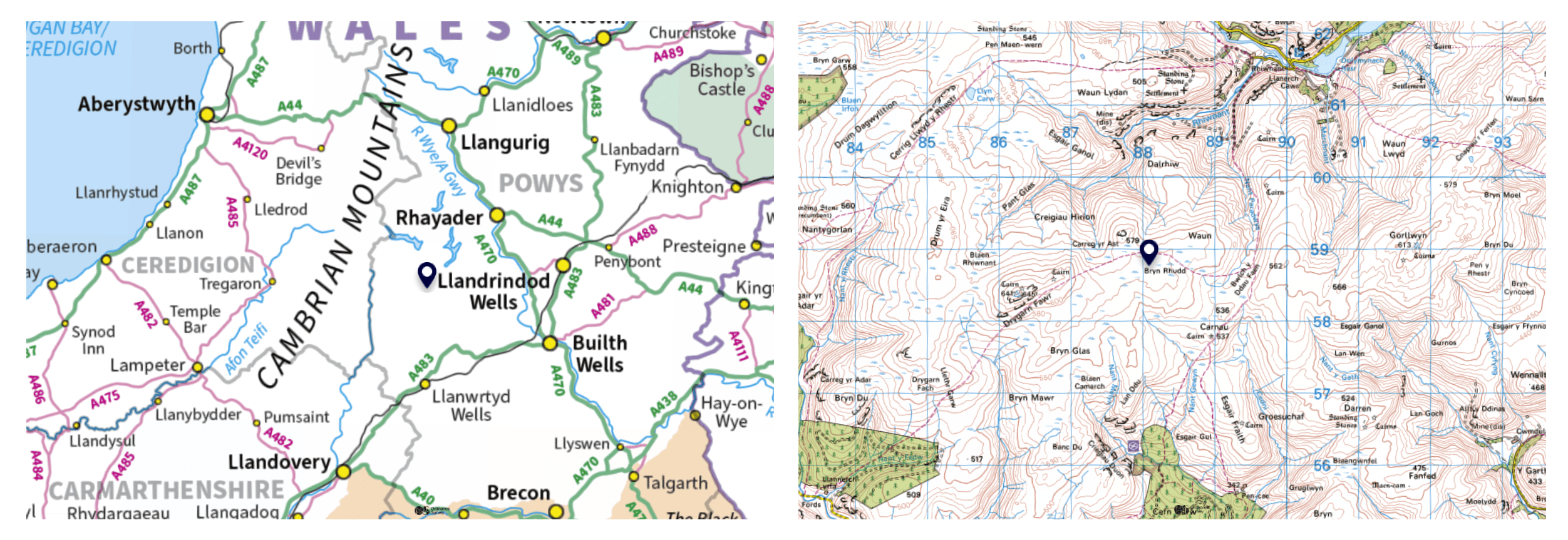
Bute Energy, the ‘renewables’ arm of property company Parabola, has an ‘Energy Park’ planned here. For which the registered company was known as Bryn Glas Energy Park Ltd, until Wednesday, when it changed to Bryn Rhudd Energy Park Ltd.
Which doesn’t move the project very far in terms of distance, Bryn Glas and Bryn Rhudd being adjacent hills, but I find the change significant because it suggests things might now be moving with this previously quiescent entity.
Confirmation for the project comes from the Campaign for the Protection of Rural Wales. This map produced last year shows Bryn Glas as a proposal.
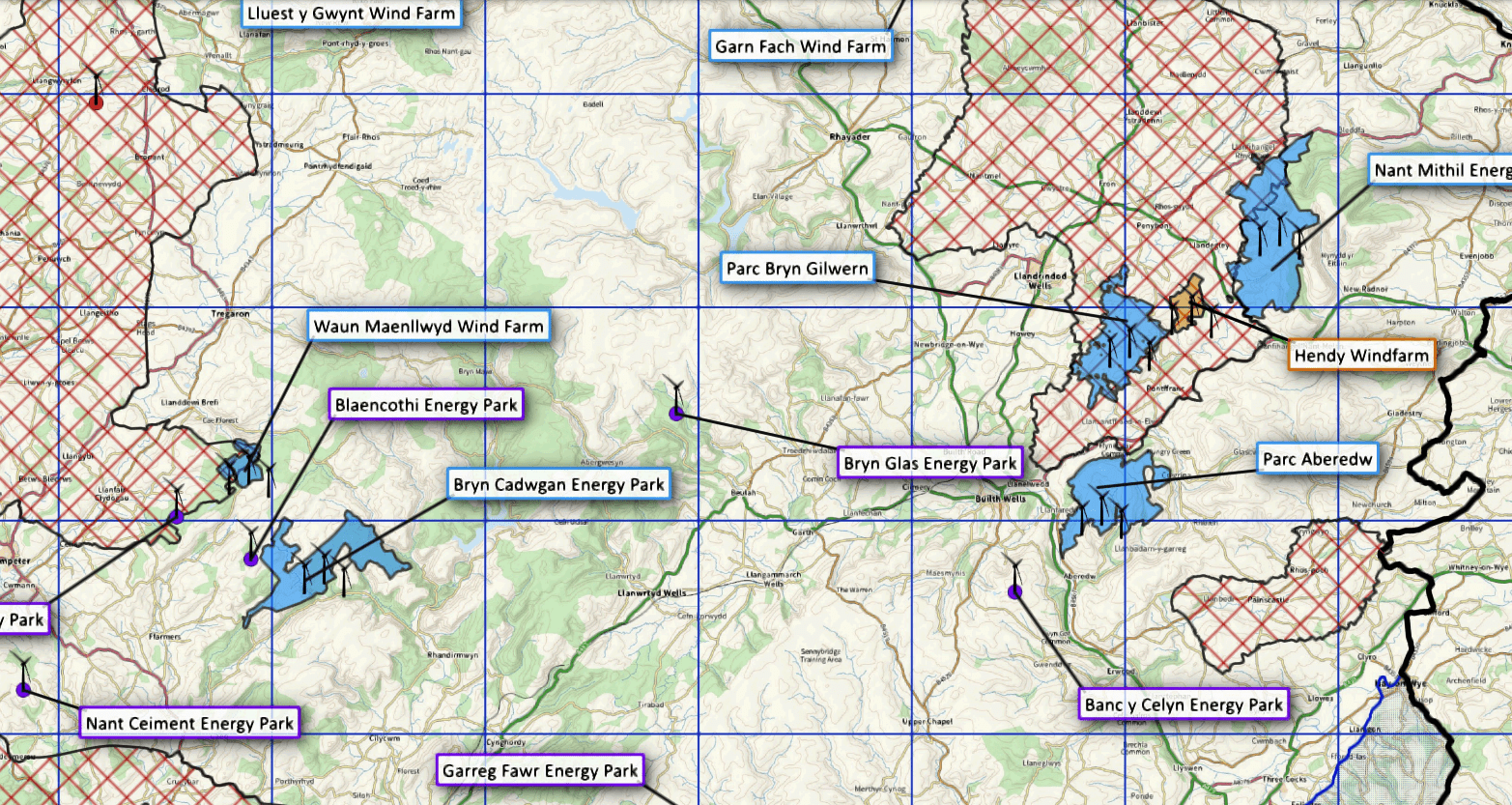
That said, the project does not appear on the Bute Energy website. But there are a number of Bute projects – companies formed and registered with Companies House – that don’t appear on the Bute website.
Others are: Garreg Fawr, Waun Hesgog, Nant Ceiment, Nant Aman, Tarenni, Maesnant, Bryngwyn, Blaencothi, Llyn Lort II, Orddu. That’s 10 projects for which companies have been formed, but are not mentioned on the Bute website.
Maybe no progress has been made on these ten projects beyond general scoping and informal chats with landowners.
In addition, there are a number of Battery Energy Storage Systems (BESS) for which companies have been formed. Six by my count.
And let’s not forget the pylons and the power lines. Mile after mile of them, to carry the electricity generated (when the wind is just right!) from remote Welsh locations to the consumers of that electricity in England.
As many of you know, I try to keep up with Bute’s activities, and here’s my updated factsheet. If anyone can add to, or correct it, don’t be shy about contributing.
◊
WHAT MORE CAN I TELL YOU?
A big question in all these projects, and indeed, other projects, is – who owns the land, who stands to gain? A question that’s not easy to answer.
In the case of Bryn Rhudd, my first port of call was the Land Registry, but seeing as I had no title number I had to rely on finding it on the LR map. Which I think worked.
Here’s the title document for the land I located on the LR map. It’s known as Abergwesyn Commons. You’ll see it’s owned by the National Trust (NT); which seems to be confirmed by this map I found on the NT website. (Best of luck with the filters!)
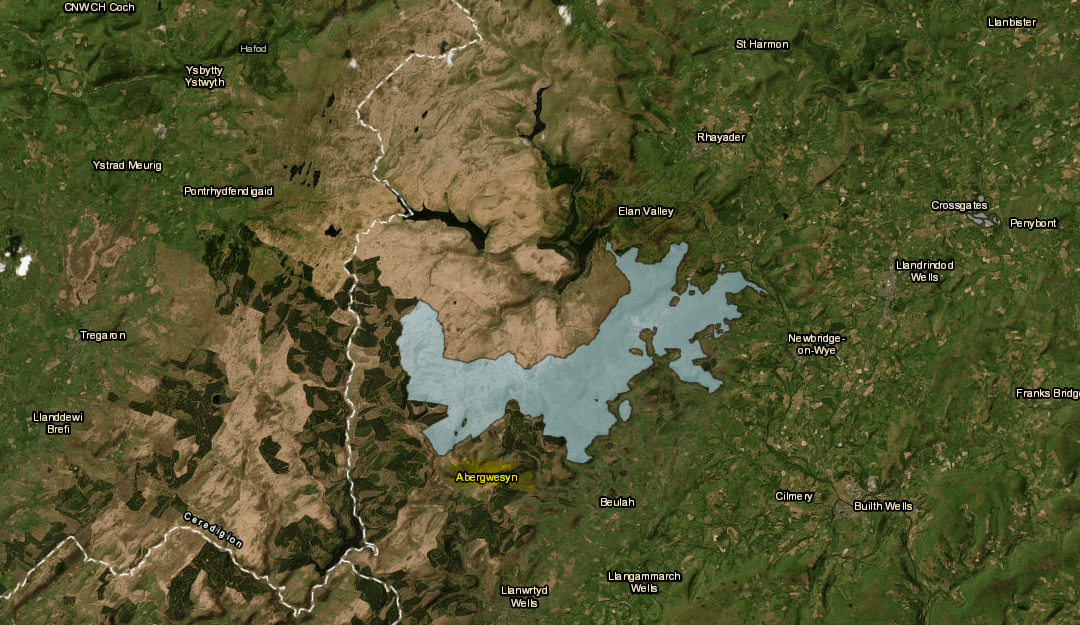
The NT land is the area in blue. I’ve highlighted Abergwesyn, to the south of the area that takes its name. To get your bearings relative to the maps you saw earlier use the reservoirs shown above the area in blue.
Unfortunately, there wasn’t a title plan available to download, as it was too large, and I didn’t have time to get it delivered by post.
Anyway, there’s another NT website, which has this to say . . .
Abergwesyn Commons stretch for 12 miles between the Nant Irfon valley in the west and Llanwrthwl in the east. Drygarn Fawr is the highest point on the commons, lying above the Nant Irfon valley.
Which appears to confirm this is the area we’re concerned with, and that Bute’s planned Bryn Rhudd Energy Park is on National Trust land.
Land Registry title documents can be intriguing when they provide a bit of history, which is the case with the one we’re looking at. In the recent history of the area we see names we’ve encountered before. And of course, they’re double-barrelled names.
First, there’s Legge-Bourke. I believe the land we’re looking at was sold to the National Trust by the Legge-Bourke family.
Whereas the Right Honourable James David Lord Gibson-Watt of the Wye M.C., P.C., and son, Julian Gibson Watt, were granted “sporting rights” over part of the land for 99 years from September 1984.
Other names mentioned were those you see below.

Though it seems that somewhere along the way Devoy became Devoy-Williams. (An attempt to go native?) And Dai is a man of the law, as this report tells us.
I’m not sure whether he and Anjana are still an item, and maybe she runs the company Chillderness herself, or whether they’ve split. Either way, the Chillderness website explains the entry on the title document. (Chill in the wilderness – geddit!)
You’ll see from the website the company has a number of properties in Wales.
Hidden away in remote corners of the Chillderness Red Kite Estate in the Cambrian Mountains, Mid Wales, are four super-cool, off-grid glamping pods. The two Conkers (Earth Conker and Moon Conker) are insulated, all year round glamping pods. The forest by the river enfolds the two Tree Tents (Dragon’s Egg and Ynys Affalon), suspended in the canopy with treetop kitchens and outdoor bathing.
If you think ‘Affalon’ and the others are toe-curlers, wait until you see the properties in Sir Benfro. We have a nod to the Rimbaud of Cwmdonkin Drive with ‘Llareggub’ in Saundersfoot, then there’s ‘Mor (sic) and More’ in Amroth.
This is the kind of tourism that too often passes for Welsh: Buy out the natives then make money from trivialising their identity and culture.
But perhaps of more relevance to this inquiry might be what we see under the heading Property Register, which deals with parts of the original title that have been detached over the years.
For there, at No 7, we see that land was detached in September 2019 from the NT Abergwesyn Commons land, which might link to the planned wind farm. But this reference gives no new title number to check, which is frustrating.
Given what we know, I’ll conclude this section by saying it’s reasonable to assume that Bute Energy has some agreement in place with the National Trust for the area around Bryn Rhudd.
Otherwise, why launch the company, and keep it alive?
◊
FINAL THOUGHTS
I always opposed the National Trust in Wales because it struck me as an ineffably English organisation, run by Home Counties hearties who would never understand or empathise with our history and identity.
Maybe devolution could have brought a change, if only arguing that the NT in Wales distanced itself from the parent body. But Corruption Bay was too busy anguishing over whether Picton should be disinterred and hung for what he might have done in the West Indies in the 18th century to worry about Wales in the 21st century.
More recently at the National Trust, tweeds and brogues gave way to green hair and anti-white racism. Predictably, this Wokist takeover brought in blind belief in the climate scam. Now we read of ‘Renewable energy in Wales‘, and just about every form of ‘renewables’ is mentioned . . . other than wind.
So I suggest we need a little honesty. A commodity rare in modern Wales. First from the National Trust.
On the assumption you own this land, do you have an agreement or an understanding with Bute Energy for a wind farm, or ‘Energy Park’, at Bryn Rhudd?
If so, have those who graze the land been informed or consulted?
To Bute Energy: What are your plans for Bryn Rhudd (formerly Bryn Glas)?
Also, what are your plans for the other 10 projects, each of which has a named company, but are not mentioned on your website? What stage have these projects reached?
∼
These uplands of Elenydd are unspoilt and beautiful, among the wildest parts of Wales. That’s because they’re remote, which of course means no decent road access. Look again at the map for Bryn Rhudd to see what I mean.
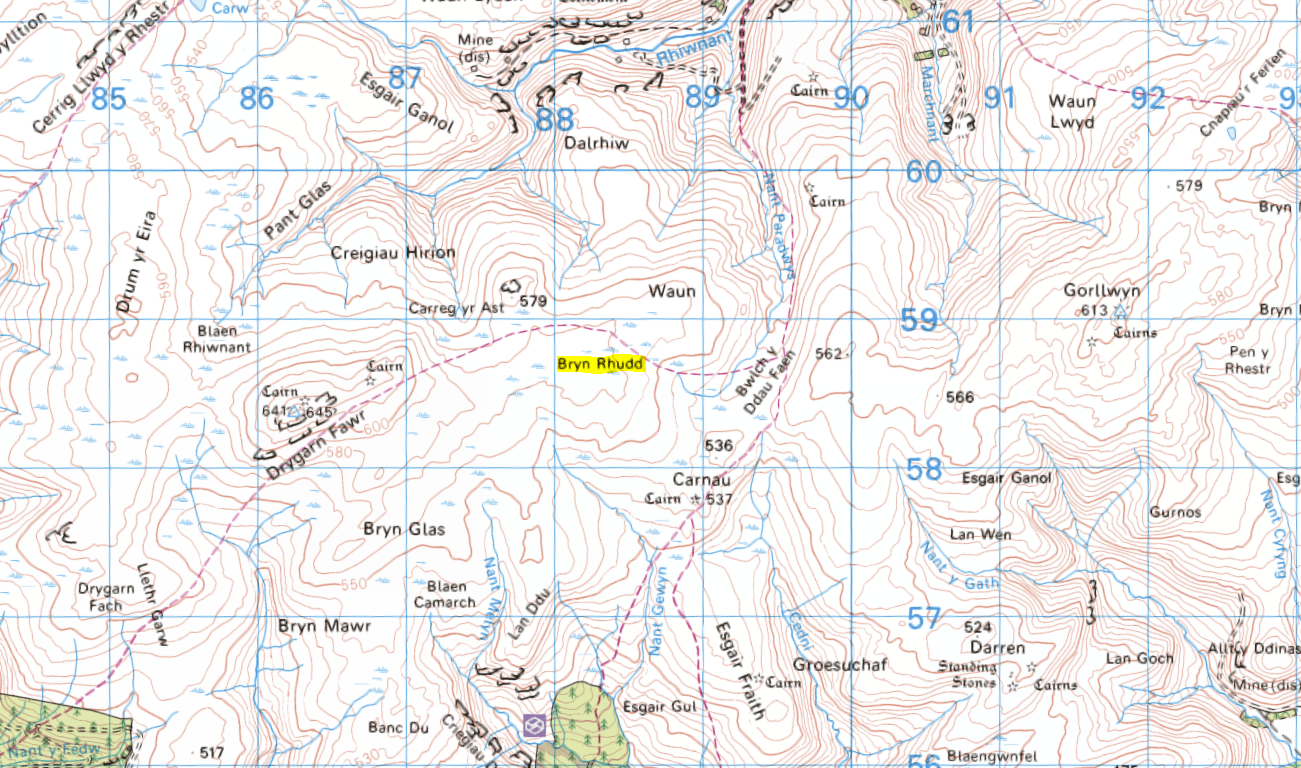
Most of the area is only traversable on foot, by horse, or by quad bike. Which means that the environmental damage caused in transporting and erecting huge wind turbines would outweigh any possible gain from a decade or two of expensive, intermittent, and unreliable wind power.
Consequently, any plan for ‘renewables’ at Bryn Rhudd is a reminder that wind turbines, fields of solar panels, are all about making money. Nothing to do with the environment whatsoever.
♦ end ♦
© Royston Jones 2025


